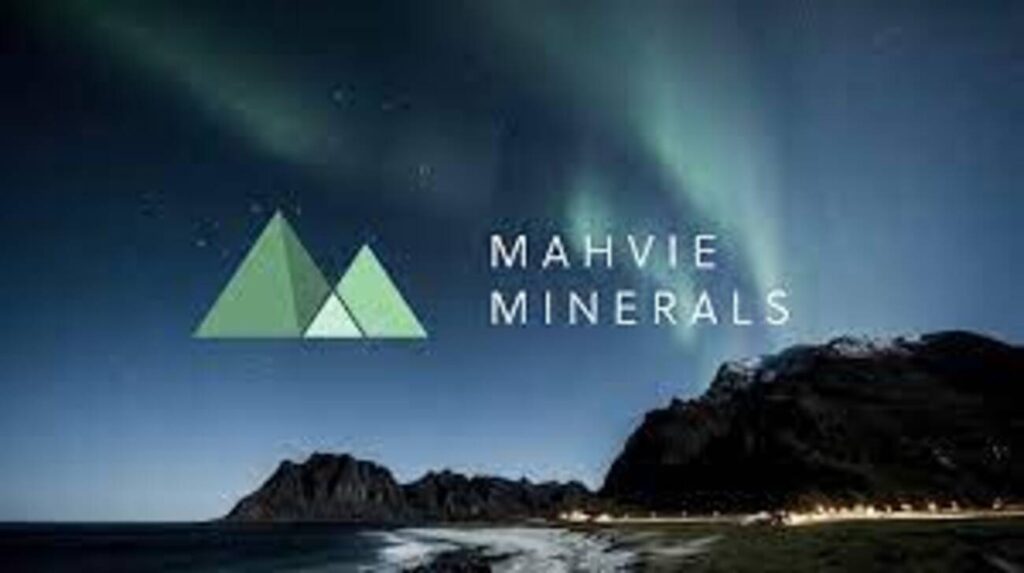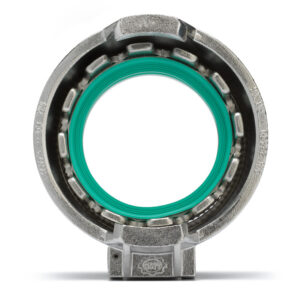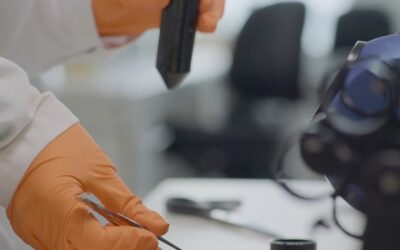Project update Mo i Rana project, Mahvie Minerals
Since its inception just over a year and a half ago, the operations of Mahvie Minerals have developed according to plan. I am writing to tell you about what is happening in the company and to give you an insight into where we are today. Of the two main projects, work on the Mo i Rana project has been prioritized first and an initial drilling campaign has been carried out there. For the Company’s second project, Haveri, the outstanding extension of the ore exploration permit has been obtained, we have secured new capital and planning is now underway to develop that project. In this update, I will review what is happening in Mo i Rana. I will provide more information on our Haveri project in our next project update.
Mo i Rana is very interesting for several reasons. One of the major advantages of Mo i Rana is that there is a large amount of existing cores/holes to analyze. In addition to the above analysis of recent drillings, we are working on compiling older documentation and evaluating old drill cores. In total, the Company has access to 1529 drill holes, totaling 71,066 drill meters, where previous geological assessment has been made by dividing the holes into different sections and assessing them. Of the previous holes, 265 drill holes have not yet been analyzed (including 11 new drill holes). In the protocols, which are the starting point for our analysis and are entered into an aggregated database, we have about 10,500 samples with up to 10 substances per sample, about 79,000 analytical results, 25,500 geological “lines”.
When older information is used, it happens relatively often that some boreholes lack analysis or geological information, and sometimes the positions of the holes are incorrectly noted or difficult to match with other information. This may be because the older paper documents are not properly entered into the (older) databases or because the underlying survey report is incorrect. Overall, this is extremely valuable information but requires time to work through and match.
During the spring and summer, some complementary re-analyses of both previously analyzed cores but also of some previously completely unanalyzed cores have been carried out. It provides additional information on the occurrence. The results from both the re-analyzed cores and the newly analyzed older cores support the working model developed for the initial drilling campaign.
Because we today have so much more developed technology for assessing and evaluating information and more knowledge about e.g. ore formation processes, we can both drill with higher precision and make a better model of the entire mineralization in Mofjell (which is the project area in Mo i Rana). Combining the latest technology with the vast amount of existing information gives us a much better chance of success with the Mo i Rana project. The current and expected prices of base metals also give us completely different conditions than when the mine was in operation and in relation to the attempts to restart the mine more than a decade ago. The attached file contains an image of the assessed mineralization and its location in relation to the city of Mo i Rana.
Once the model is in place, it is very useful and very valuable. At present, the construction of the coherent, total, geological 3D model for the Mo i Rana project is thus continuing. We are now in the process of quality assurance of this work. This means that the data points and the different boreholes have to be confirmed so that the whole model fits together.
The model work includes both the old mining area and certain parts that will be developed at a later stage, but which provide clear indications of the area’s prospectivity, i.e. how likely it is that further mineralization can be identified and developed. In parallel with ours, intensive work is underway to create a mineral resource assessment, i.e. what can be mined and how this can be done.
Earlier this year, Mahvie Minerals conducted its first drilling campaign in Mo i Rana. Based on the work we had done so far, we felt confident in conducting an initial campaign of 11 drill holes, totaling 1037 meters. The cores were then transported to Rana Mines to be cut in half and then to the laboratory company MSALABS for analysis. The halving of the cores is done in order to be able to return to those areas of the cores for further geological mapping if the chemical analysis shows this to be of interest. We are waiting for the results of the samples that have been submitted. Due to a high workload and a backlog of analysis at both Rana mines and at MSALABS, the final results from the chemical analysis of the different drill cores will take some time, but we are hopeful that they will come soon.
Together with the overall geological model and our new drilling, this will provide an improved decision-making basis for the next step in the development of the Mo i Rana project. We now await the analyses of the drilling, the results of the geological modeling and the mineral resource assessment. Once we have this, we will have a clearer picture of the next stage of development and how much potential the project really has.
Assuming that the results meet our expectations, the next steps in development are expanded drilling, an initial preliminary economic assessment, commencement of environmental studies and the technical studies required for further mining permits from the Norwegian Directorate for Mineral Management.
The additional drilling, depending on the results we are expecting, can either focus on increasing mineral resources or on increasing geological knowledge. The mineral resource assessment will then form the basis of the preliminary economic assessment. A preliminary economic assessment also requires some technical studies, such as how the ore will be mined and processed, and some initial environmental studies. The results we are expecting will also largely determine the order in which these studies should be conducted.
Obtaining an environmental permit is a relatively faster process in Norway than in Sweden, so the process of obtaining one can be postponed until we have an updated understanding of the geology, technology and economics of the project.
Everything we’ve seen so far suggests that this is an exceptionally robust project that will be able to develop positively and quickly to meet a growing demand for metals.
About the Viking
With Viking’s signals, you have a good chance of finding the winners and selling in time. There are many securities. With Viking’s autopilots or tables, you can sort out the most interesting ETFs, stocks, options, warrants, funds, and so on.
Click here to see what Vikingen offers: Detailed comparison – Stock market program for those who want to become even richer (vikingen.se)













